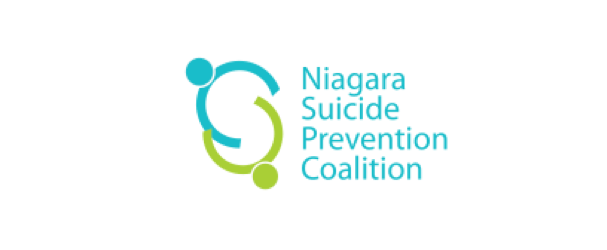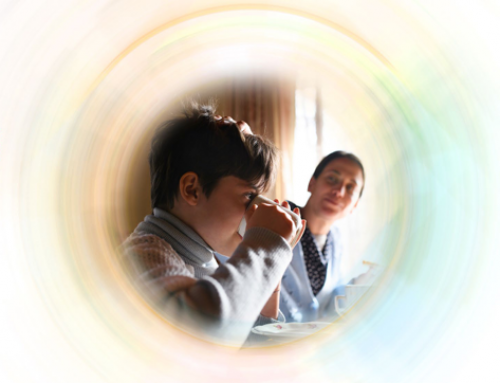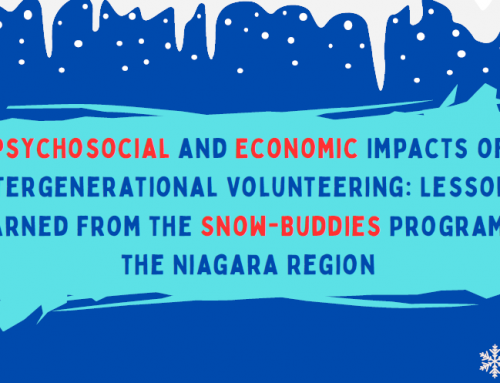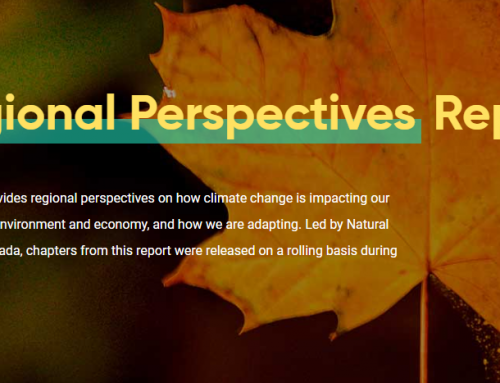In Niagara 45 people die by suicide each year; that is 1 death every 8 days.
As the new chair of the Niagara Suicide Prevention Coalition (NSPC), I would like to invite you to help strengthen our work together. The NSPC formed in 2003, in response to the increase of deaths by suicide in the Niagara Region. Since then, organizations, groups, and individuals that make-up the NSPC have worked collaboratively to make Niagara a suicide-safer community. This work has included helping to advance the Niagara Mental Health and Addictions Charter. We are now a working group for the Implementation Phase of the Charter; we’re dedicated to ensuring suicide and self-harm are addressed within Charter enactment. The NSPC is now reaching out and challenging Niagara to help us keep the momentum going.
On January 14, 2015 the NSPC and Niagara Connects held a webinar entitled “Making Niagara a Suicide-Safer Community” to raise awareness about the impact of suicide and suicide behaviour, describe six action steps proposed in our 2014 Community Review, and extend an invitation to the community to join the NSPC. And join us they did! 99 people “stepped-up” on January 14th and participated in the webinar. Participants exchanged ideas, discussed ways to make our community a suicide-safer one, and considered opportunities to strengthen suicide prevention work already being done in Niagara.
Suggested action steps for addressing suicide in the Niagara context include:
- Collective Data Sharing – to have a community with open, consistent and available date that helps us understand the prevalence of suicide and self-harm behaviours in Niagara.
- Maintaining Partnerships and Increasing Collaboration in Niagara – provide opportunities for open communication between agencies in order to reduce system barriers to issues related to suicide and self-harm.
- Prevention work around SafeTALK and Health and Safety Policy Development – evidence from research on the SafeTALK project will inform and assist health and safety policies for workplaces in Niagara.
- Community Protocol and Standardized Risk Assessment – to use the framework of the Niagara youth protocol to inform construction of one which includes adults.
- Crisis Services and Agreed-upon Protocol for Mandatory follow-up – with consistent marking of available resources, people will find the agency that suits their needs, thereby preventing them from having to rely on emergency services. In addition, the community response urges a mandatory follow-up.
- Support for Postvention Services – we will work together to advocate for more postvention services available to Niagara residents.
I am excited about the direction in which we are moving, and we want to hear from you! Do these action steps resonate with you? What can you or you or your organization do to help?
If you have knowledge, experience, or ideas about how to make Niagara a suicide-safer community, join us at the next meeting of the Niagara Suicide Prevention Coalition (NSPC) on February 4th, 2015 from 1:00-4:00 pm. To get further information or to become an NSPC member, email: nspcc@live.ca .
Dee Tyler
Chair, Niagara Suicide Prevention Coalition
dtyler@coastniagara.ca








